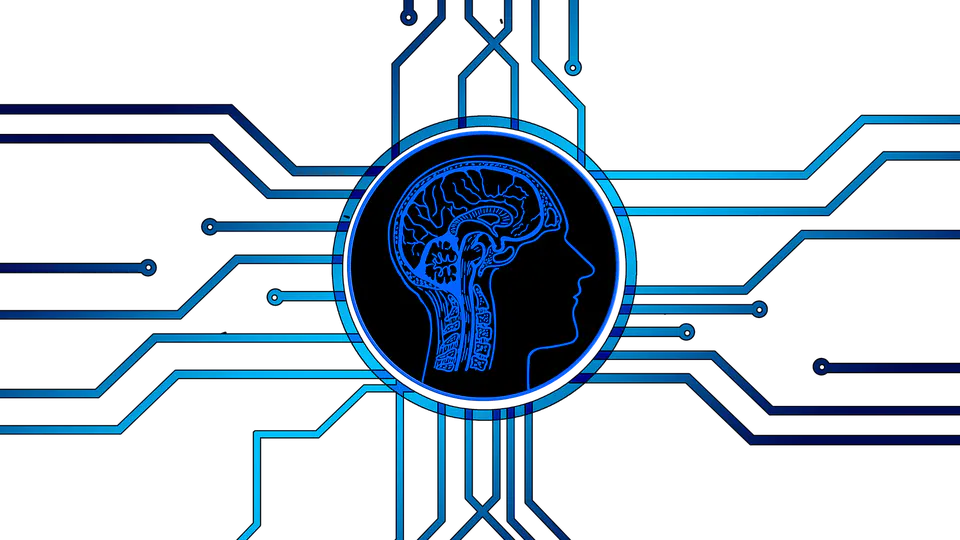About Me
I am a PhD candidate in (Computational) Criminology at Ghent University. My research is focused on the social aspect of co-offending behavior and the underlying mechanisms of criminal network formation. In my work, I mainly use computational tools like Social Network Analysis and Agent-Based Modeling.
This website is the place where I keep all my posts, demos, and lectures. The topics include Python/R Programming, Machine Learning, Neuroscience, Criminology, or whatever else I might be interested in at the moment.
Apart from being excited by the work I do, I also feel passionate about mountains, bouldering, and post-rock.
- Sociology of Crime
- Decision-making
- Computational Modeling
- Bayesian Statistics
PhD in Criminology
Ghent University
MSc in Integrative Neuroscience
Otto von Guericke University Magdeburg
BSc in Radioelectronic Apparatuses
Odesa National Polytechnic University





